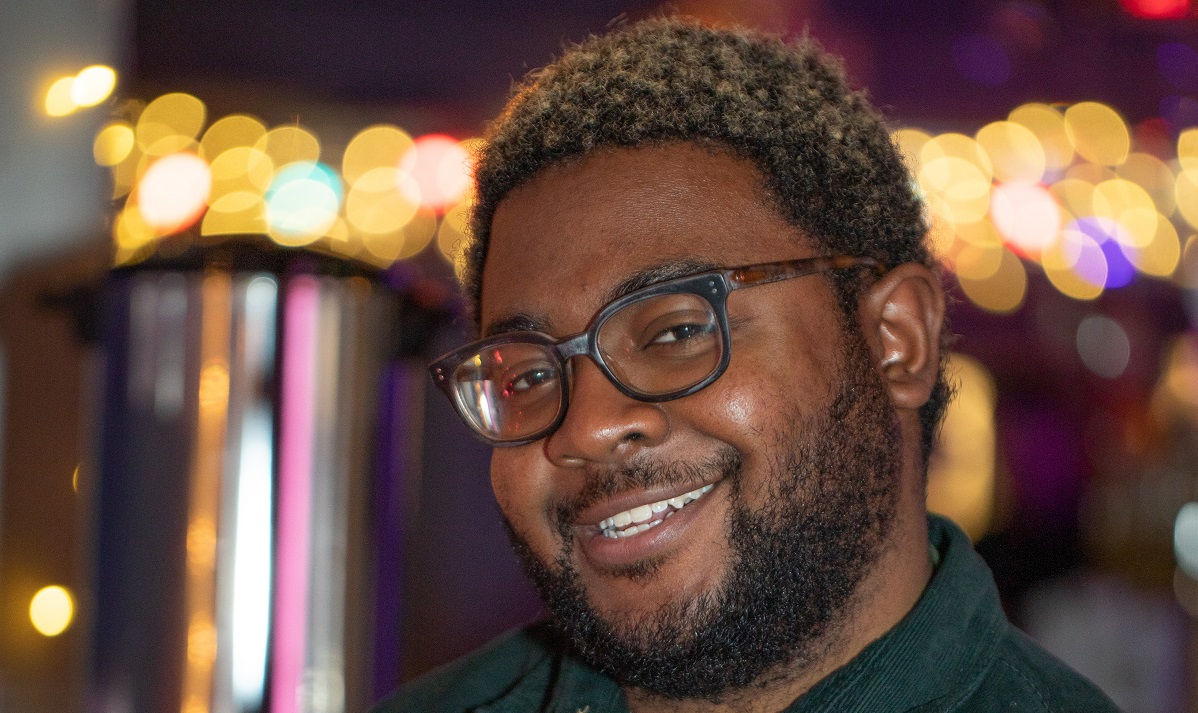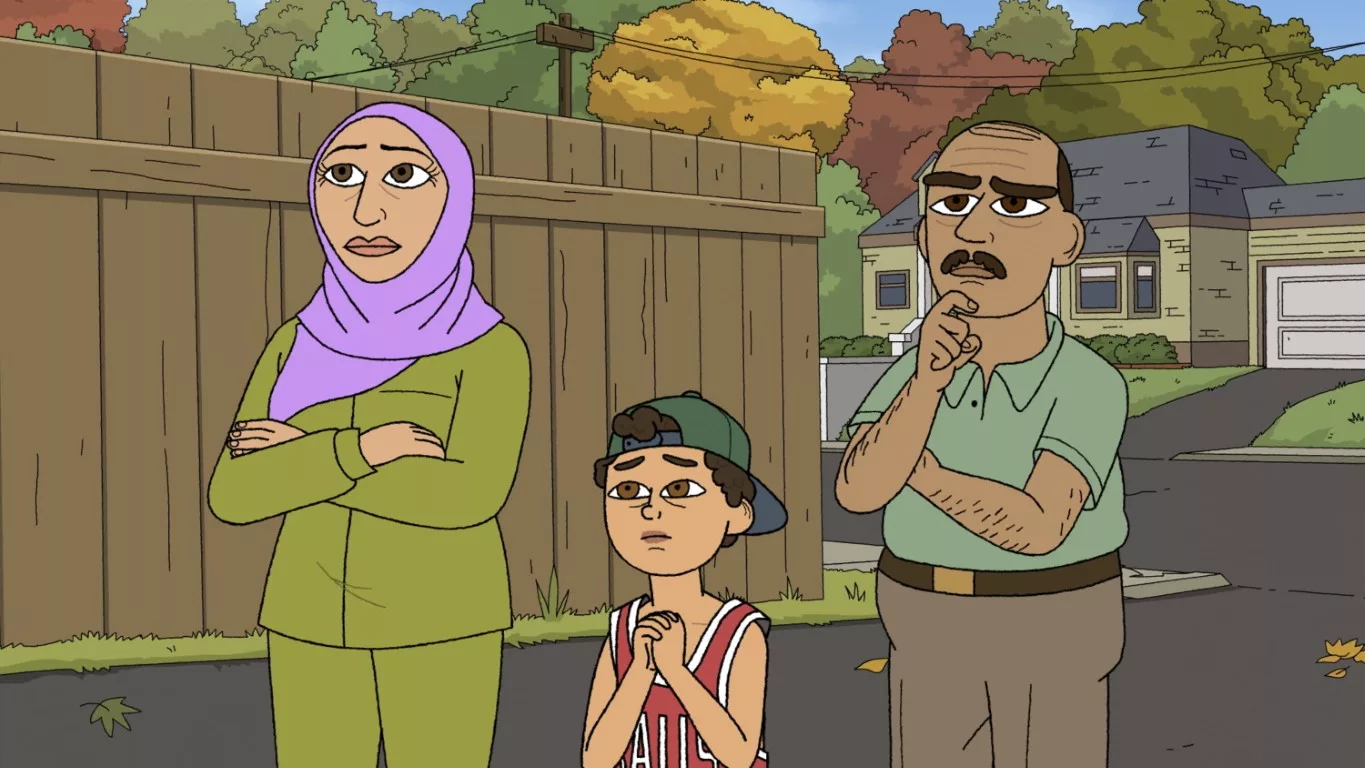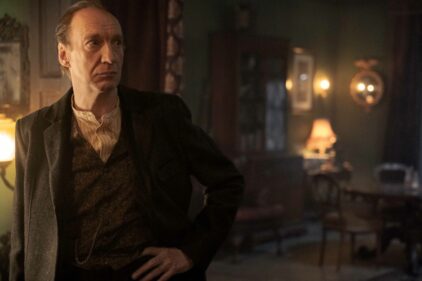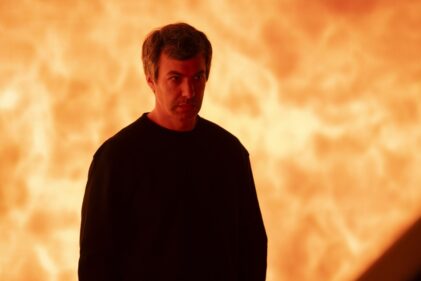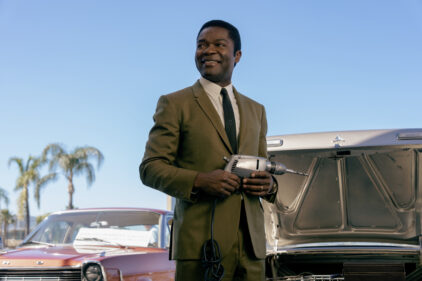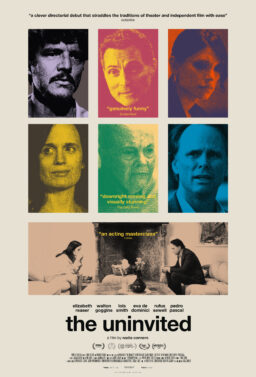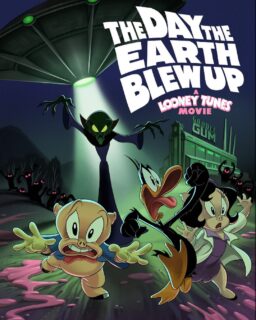Ramy Youssef is one of the most interpersonal storytellers of today. Much of Ramy Youssef’s creations—the Max standup specials “Feelings” and “More Feelings” and the eponymous Hulu series “Ramy“—examine the realities Muslim immigrants face while navigating a post-9/11 world from an intuitive comic perspective. His latest venture alongside “South Park” alum Pam Brady, “#1 Happy Family USA,” sees Youssef translating his childhood experiences into animation. Given the co-creators’ distinctive comedic voices, this semi-autobiographical Prime Video adult animated series is a perfect blend of their talents, making for a sharp satire and one of the year’s best new animated shows.
The premiere episode takes place on September 10th, 2001. The Hussein family faces ideal personal struggles but manages to lead a normal life outside their household. Patriarch Hussein (Youssef) operates a Halal cart in Manhattan that’s doing well and plans to expand his reach. Sharia and Hussein’s teenage daughter, Mona (Alia Shawkat), is campaigning for high school president through a struggle to come out to her parents. His dentistry receptionist wife, Sharia (Salma Hindy), has an affinity for Princess Diana yet faces judgment from her arrogant father (Azhar Usman). Meanwhile, her hijab-clad mother (Randa Jarrar), who lugs around a mobile TV set, could not be bothered. The youngest member, naive 12-year-old Rumi (a soft-spoken Youssef), aspires to be like Vili Fualaau and seduce his teacher, Mrs. Malcolm (Mandy Moore).
Their September 10th takes a turn as the Husseins face a family tragedy. However, that pales compared to the following day’s historic events, which the family witnesses from the worst place they could be: an airport.

Following the attack’s aftermath, the Husseins’ progress is obstructed. Rumi becomes a social pariah at school as he falls victim to the “See Something, Say Something” surveillance movement, and math lessons are replaced with lessons in terrorism. In addition, racist white women begin attending Sharia’s mosque with their personal agenda. A hapless FBI agent, Dan Daniels (Timothy Olyphant), moves across the street from them. In response, Hussein forces the family to assimilate for their own safety. He decorates his house like it’s the Fourth of July, starts going by Harry, and shaves his beard.
Rumi’s Pokémon-obsessed classmate (Chris Redd) instructs him to code-switch to survive. Mona, who has already been code-switching as an Italian with long straight hair, soon finds that her political passion conflicts with her romantic relationship with her secret girlfriend (Meg Stalter). The bulk of the season sees the family on misadventures trying to peacefully coexist and strive for the life they once had amid an American Islamophobic transformation.
What I just described may seem like a lot to stomach, but “#1 Happy Family USA” is wildly funny. Thanks to the Youssef/Brady pairing, the series benefits from a hyperbolic flair as colorful as its animated presentation. The designs from illustrator and executive producer Mona Chalabi give the series a stylistically unique singularity compared to other animated shows right now. Each character model is shaped and drawn like Egyptian hieroglyphs and textured with thick outlines (a rarity in modern adult animation). Malaysian studio Animasia also provides impressive animation quality, which is most striking during its ambitious musical sequences. It’s like a long-lost remnant of the early 2000s, around the time of Adult Swim’s peach-fuzz era, where shows like “Daria” and the first season of “Clone High” were still hand-drawn and had enough unabashed edginess to boot.
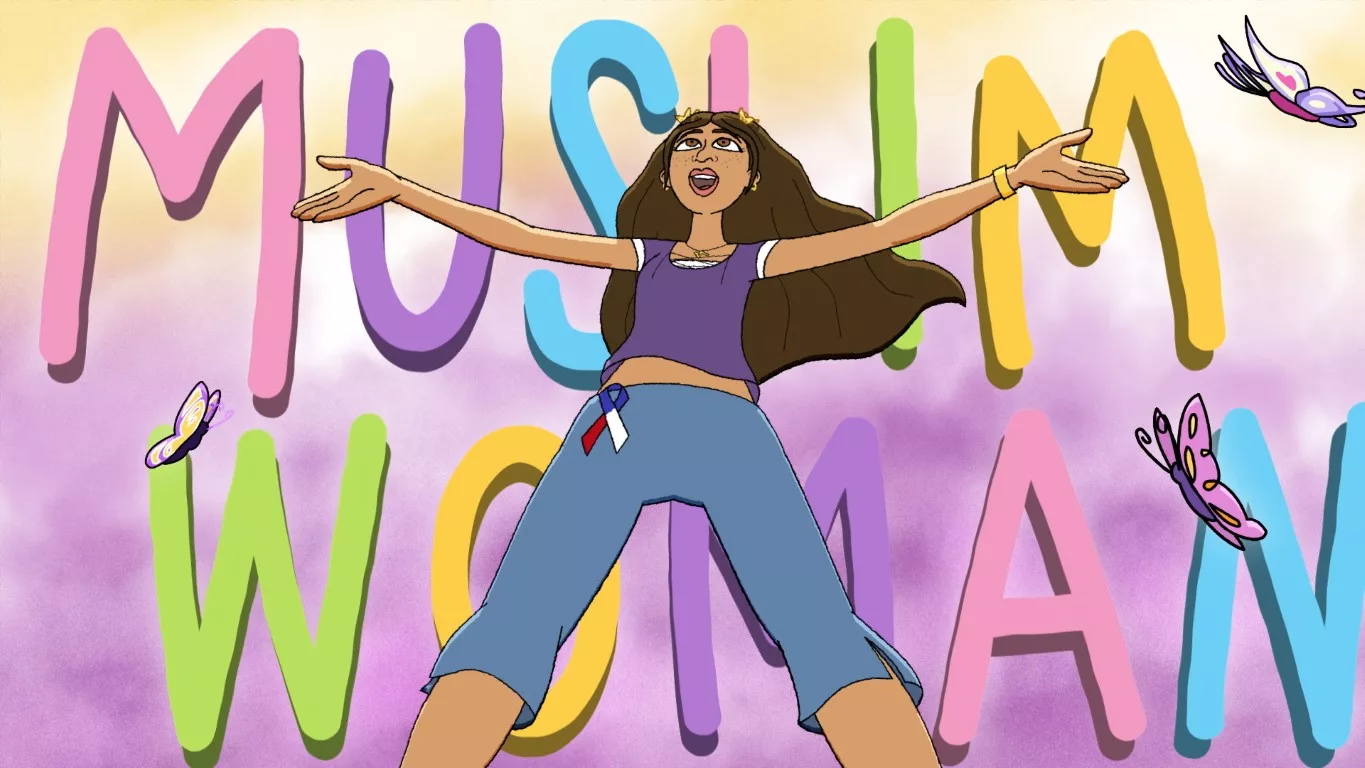
The show is also enhanced by its predominantly Muslim millennial writing staff, which balances crushing authenticity and early-aughts nostalgia. You can feel the liberation of redirecting the target to the American aggressors after years of Bush-era adult animated shows targeting their community through the biting satirical wit. The writers don’t shy away from portraying the overwhelming stress and trauma stemming from the ‘War on Terror’ campaign, which is often illustrated in emotionally resonant and beautifully animated musical numbers. Youssef is impressive as both Hussein and Rumi, but his performance shines when he sings as Hussein, vocalizing his emotional struggles. The surreal, poignant material in the show can sometimes feel like tonal whiplash, for even the darkest joke is downright harrowing. However, it feels more like a compassion check on the viewer than a failed attempt.
The writers tend to break up its heavy subject matter with episodic plots that poke fun at its 2000s-era topics, like the Tanner Scale test and music piracy. Usually, it’s through Rumi’s youthful innocence. Much like “South Park,” it’s the entry point for the satirical exploration executed in scathing precision, and it mostly works very well here. I didn’t find Rumi as interesting compared to his other family members until halfway through the season. Still, the writers’ clever exercise in stupidity with the behaviors and visual gags surrounding him helps bolster his shortcomings.
“#1 Happy Family USA” is a biting, insightful, and clever social animated satire, perfect for Youssef’s fanbase. In the age of Trump 2.0, when the paranoia of this era might make a comeback, this is the right amount of absurdity we need. Hopefully, it’ll generate some valuable lessons on tolerance as we enter the frightening future.
All eight episodes were screened for review. Show premieres on Prime Video April 17th.
